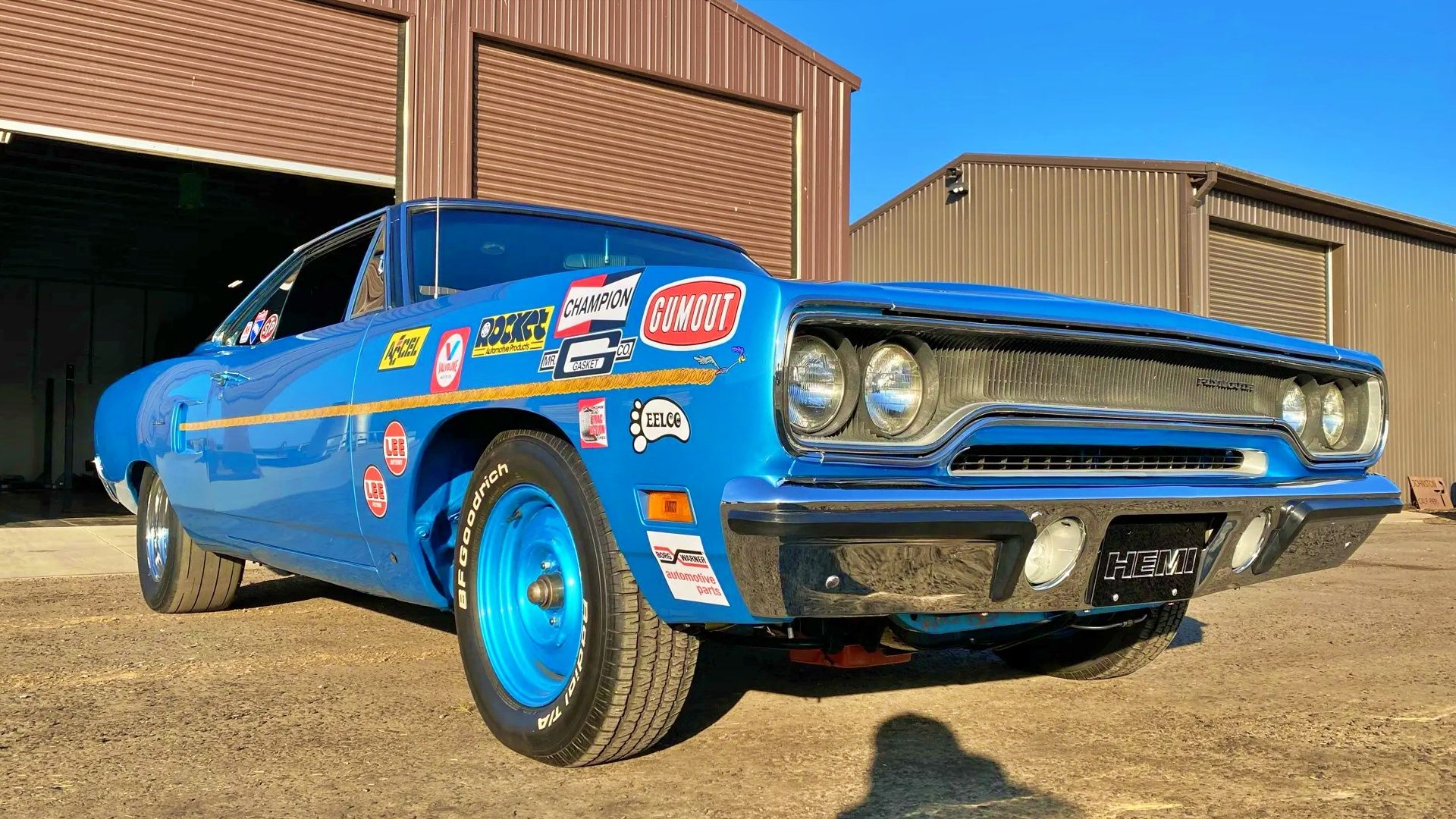The Plymouth Road Runner burst onto the scene in 1968, gaining enthusiasts with its formidable power and affordable price tag.
Key Insights:
Following the trailblazing success of the Pontiac GTO, other automotive giants such as Ford, Chevrolet, and Dodge introduced their muscle car contenders, with Plymouth joining the fray with the Road Runner.
Renowned for its affordability and impressive speed, particularly when equipped with the potent 426 Hemi engine, the Road Runner solidified its status as one of the fastest cars of the era.
In spite of encountering obstacles like rising expenses and strict regulations, the legacy of the 426 Hemi Road Runner persists, making a lasting impression on the muscle car scene.
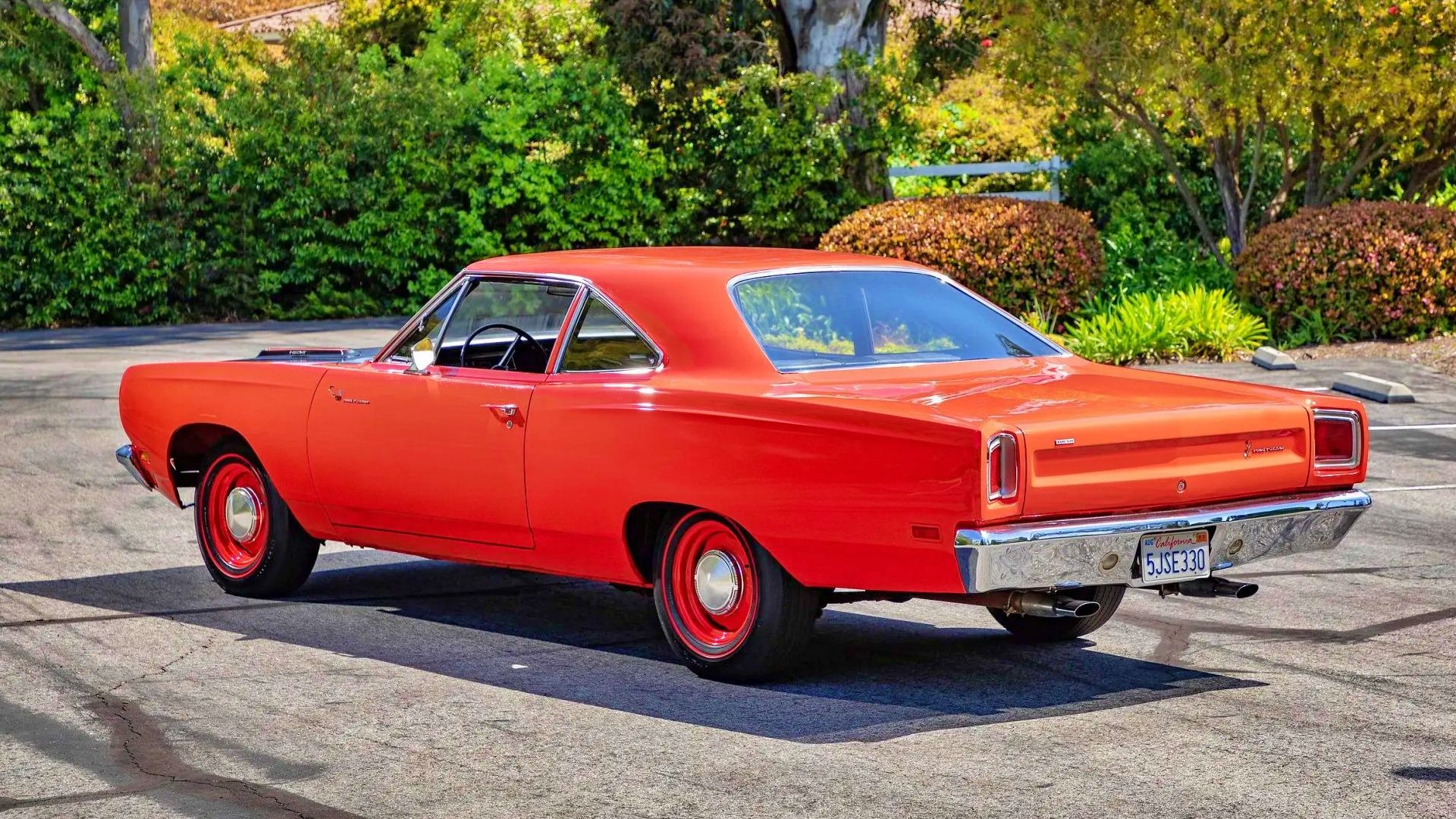
In the midst of the mid-1960s, the emergence of the muscle car phenomenon was ignited by the introduction of the Pontiac GTO in 1964, sparking a frenzy among enthusiasts.
Leveraging the formidable pairing of powerful big block engines snugly fitted into mid-sized car frames, the automotive industry experienced a surge in demand, leading prominent manufacturers to compete for supremacy in this rapidly growing market niche.
Ford revealed the Torino, Chevrolet came up with the Chevelle, and Dodge rolled out the Charger, prompting Plymouth to craft its contender—the Road Runner.
Tasked with appealing to the elusive 18-20-year-old demographic, a demographic that had previously eluded their grasp, Plymouth embarked on a mission to deliver a competitive offering tailored to this youthful audience.
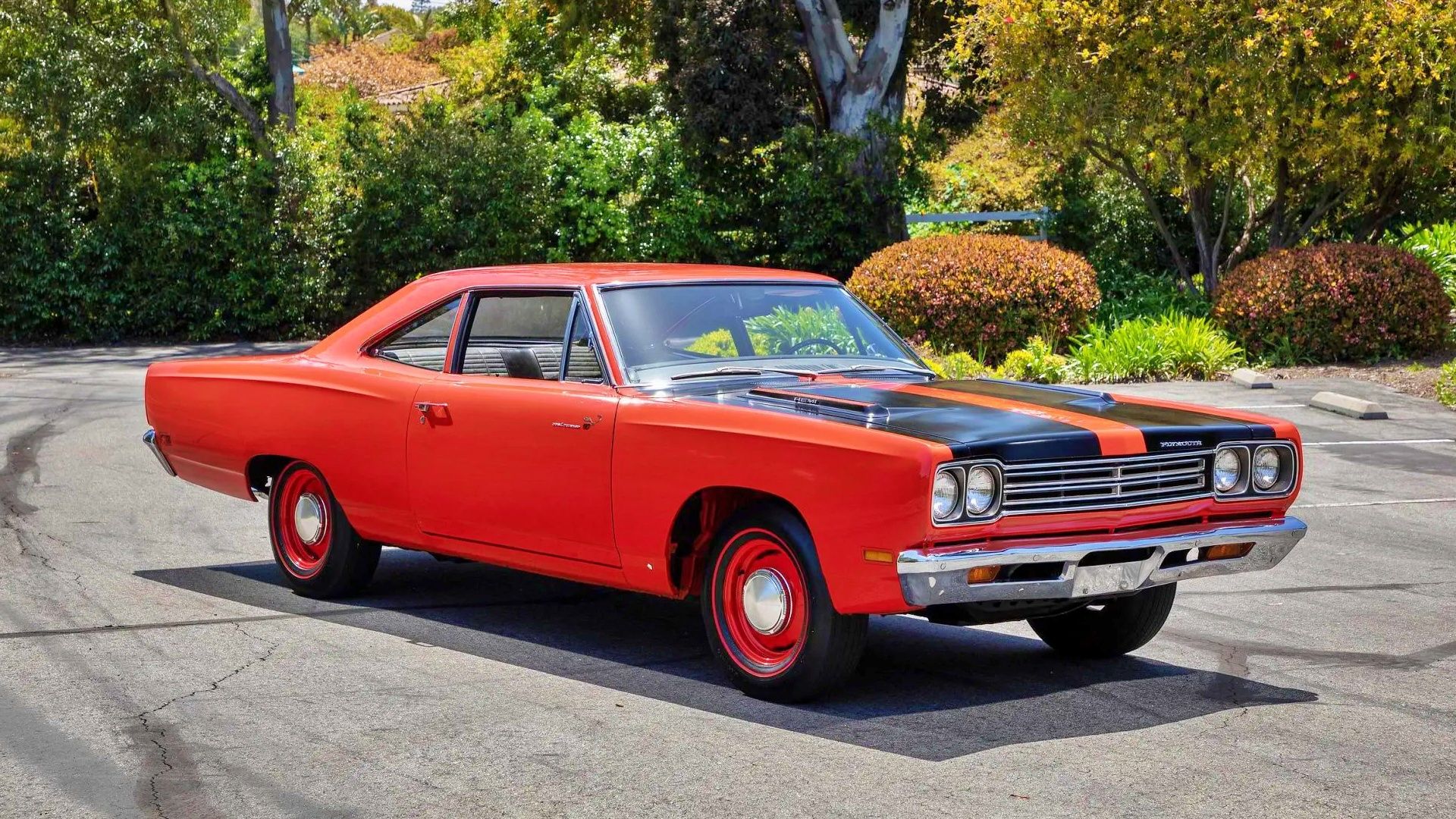
Drawing inspiration from the insights provided by automotive luminary Brock Yates, Plymouth endeavored to create an accessible, stripped-down performance vehicle boasting ample horsepower beneath its hood.
Thus, the Road Runner was born, embodying the essence of affordability and performance in equal measure.
At the helm of the Road Runner’s development was Jack Smith, an esteemed engineer tasked with realizing Plymouth’s vision of a budget-friendly muscle car.
Inspired by his own 1967 Plymouth Belvedere II, Smith sought to infuse the Road Runner with a potent blend of power and accessibility, paving the way for its meteoric rise to prominence.
The Road Runner’s iconic branding, featuring the eponymous cartoon character licensed from Warner Brothers, initially met with resistance from certain quarters within Plymouth’s executive ranks.
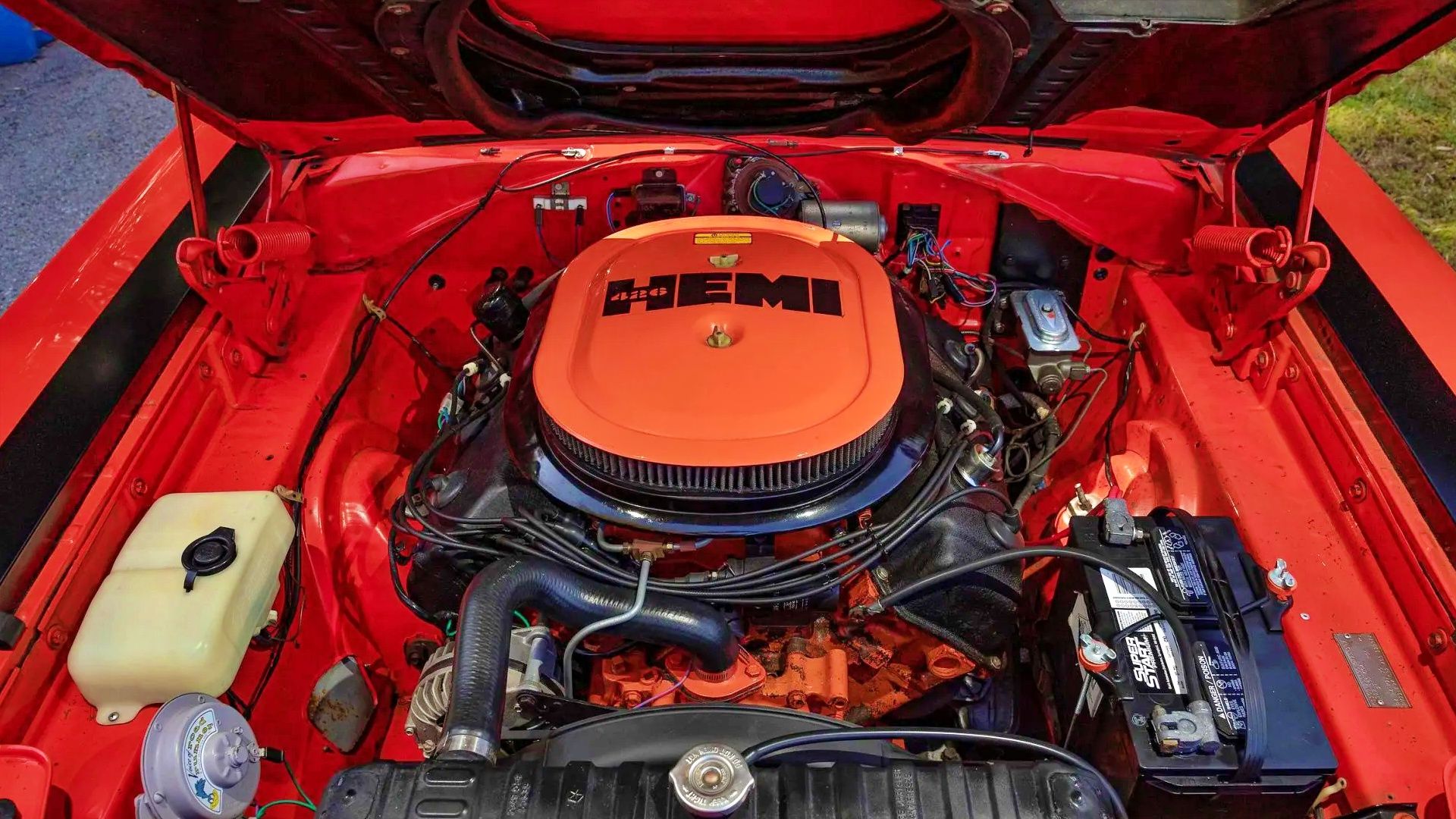
However, Jack and his team remained steadfast in their conviction, showcasing a prototype adorned with distinctive deals at the 1968 model preview show, ultimately swaying decision-makers to embrace the bold branding strategy.
Thus, the legend of the Road Runner was cemented and got its enthusiasts with its unmistakable identity.
During its prime years from 1968 to 1970, the Plymouth Road Runner soared to new heights of popularity, propelled by its potent 426 Hemi engine option.
While the base model boasted a respectable 383 big block engine, opting for the Hemi variant commanded an additional premium, attracting discerning enthusiasts seeking unparalleled performance on the road.
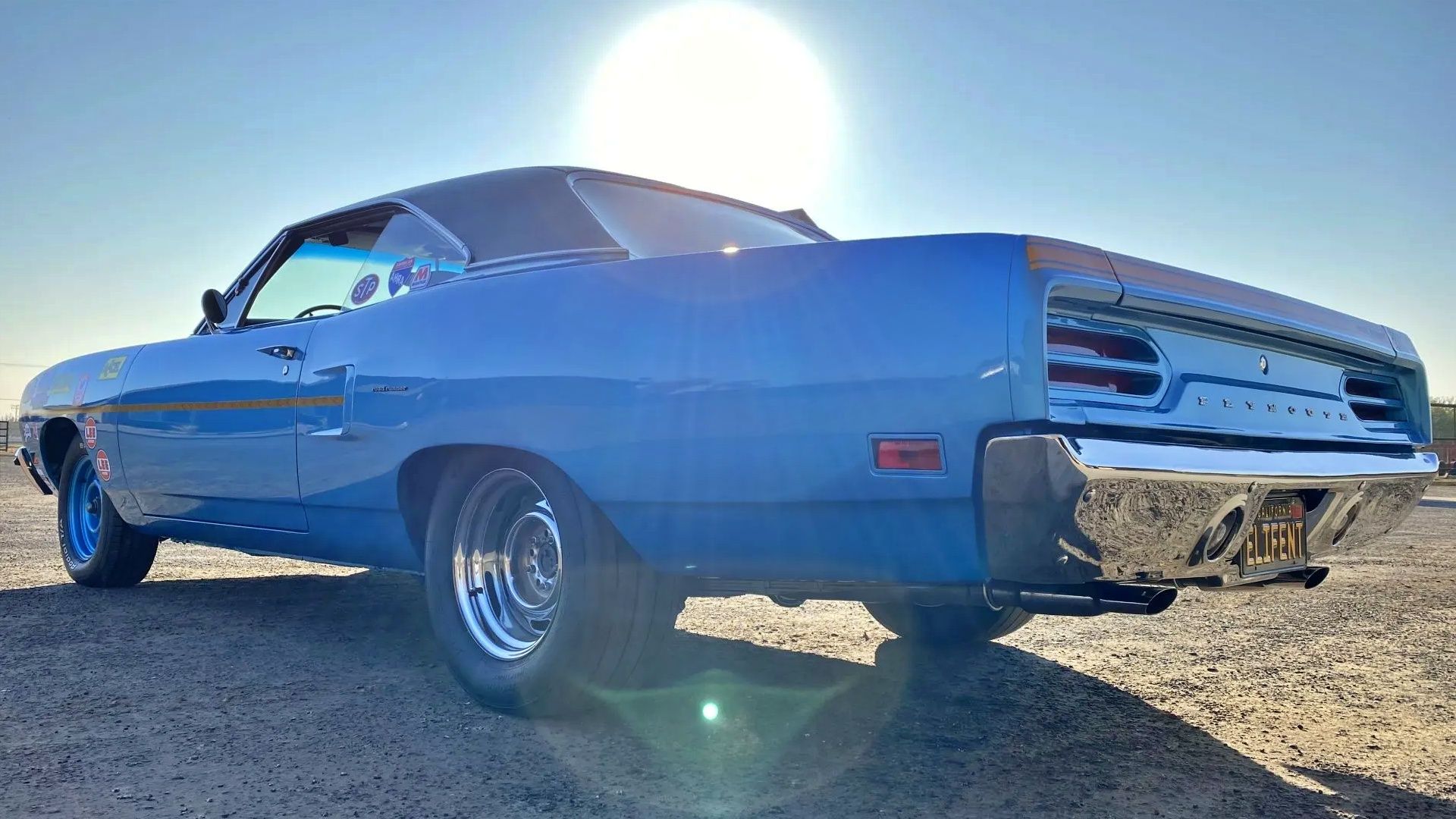
Despite its initial success, dwindling sales figures in subsequent years signaled the waning appeal of the 426 Hemi Road Runner, exacerbated by mounting insurance costs and regulatory hurdles.
In a poignant tribute to its illustrious legacy, Plymouth bid farewell to the 426 Hemi Road Runner with a remarkable swan song in 1971, a redesigned iteration boasting enhanced aerodynamics and aggressive styling cues.
Yet, the curtain would ultimately fall on this iconic muscle car, marking the end of an era defined by unparalleled performance and excitement on the open road.
As automotive enthusiasts ponder the lasting influence of the Plymouth Road Runner, its significance within the realm of muscle cars remains indisputable, firmly embedded in the records of automotive history as a beacon of innovation, performance, and zeal.

